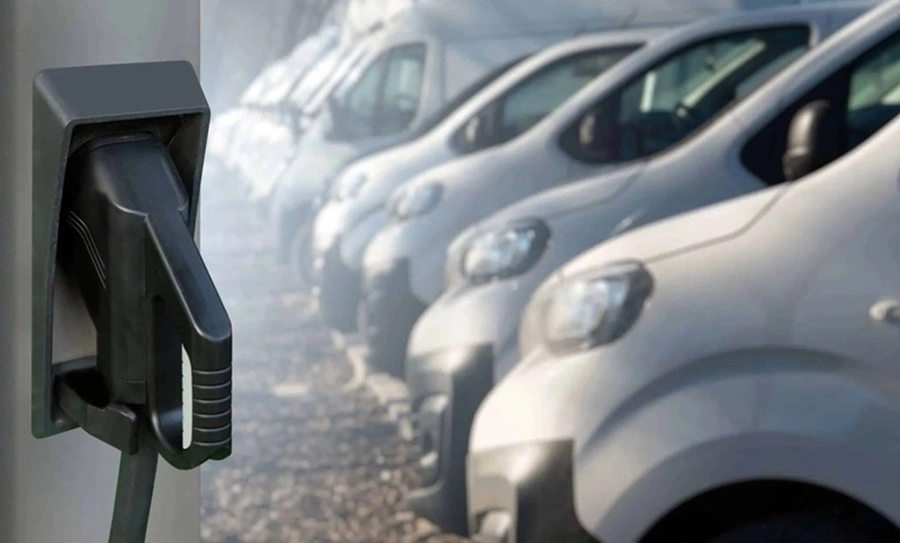In dialogue with Mobility Portal Latin America, David Felipe Acosta Correa, President of the Association of Latin American Electricity Distributors (ADELAT), shares details of the DSO Brief.
Different chapters will include information about the global and local context of electric mobility, with a special emphasis on the growth of electric vehicle adoption in the region, challenges, regulatory issues, and necessary policy decisions.
What is ADELAT’s motivation for launching a committee on electric mobility?
The main motivation is that there has been a lot written about electric mobility, but, from our point of view, not so much about the leading role that distribution plays.
It is necessary to establish specific knowledge of how this segment will enable and accelerate the possibility of adopting electric mobility, both mass and individual, in each of the cities and countries.
What is the main objective of the document on the subject that will be launched?

The main objective is to identify and address what are the required investments, what are the modernizations that need to be made to the network, and what adaptations in this network system are necessary to ensure a rapid adoption of electric mobility in each country.
In addition, we aim to review the state of the art in different countries and regions of the world in order to gather all that experience and be able to use it in Latin America.
What are the variables analyzed in the document?
The first variable is to understand what has happened in other countries that have greater adoption and massification of electric mobility and, thus, delve into what has happened from the distribution point of view.
The second variable is to analyze what the projections for electric mobility are and then calculate the needs in relation to distribution.
Are there more?
The third variable is to assess the critical and most relevant points with which we have to plan and make investment decisions and network adaptations from this moment.
The fourth, and final variable, is to establish guidelines for the different distributors in the region.
How do you think it can impact the region?
Electric mobility has economic, environmental, and substantial health benefits, reducing respiratory diseases and noise in cities, among other aspects.
These benefits are for all socioeconomic strata because it involves both the electrification of mass, urban, or rural transport and the electrification of individual vehicles.
On the other hand, it also contributes to the education system (as children get sick less) and increases the productivity of a city by reducing work absences.
Regarding environmental benefits, it refers to emissions and the quality of these emissions.
Meanwhile, the economic benefits are linked to the total life cycle of the investment in these types of vehicles – which can be more than double – that, combined with lower operating and maintenance costs, significantly increase the surplus to the owner compared to the use of fossil fuels.
Finally, it opens up a series of production chain possibilities for different countries, not only to meet local demand but also international demand for electric mobility, given the current geopolitical situation.
Why did you consider the added value of social and economic benefits to end users?
We consider these benefits as the starting point to support the investments required for the reinforcement, sensing, quality improvement, and upgrading of the network to facilitate the adoption of electric mobility.
Do you think there is a lack of information for end users in order to making a decision?
We believe it is necessary to establish specific knowledge about distribution, since it is one of the elements that has been least addressed and requires special development because it enables electric mobility.
Without the network, it will be difficult to enable or massify electric mobility.
Is Latin America progress in electric mobility going steady?
Latin America has great opportunities both in adopting electric mobility and in the possibility of establishing or implementing production chains to supply both local and international demand.
Could it go faster? Does the entire region behave the same way?
The adoption rates of this technology will be increasingly faster. Therefore, early preparation by the network is required.
In Latin America, there are very good examples of mass electric mobility for public transportation, as seen in Chile and Bogotá, and we believe that all these experiences can be quickly adopted by other countries.
Can you provide some insights into the ADELAT report?
At ADELAT, we assess the wealth of global experiences on this matter and aim to leverage them to be more effective in adopting electric mobility at a lower overall cost.
The adoption of protocols and the path taken by other countries allow us to establish more focused investment plans.






